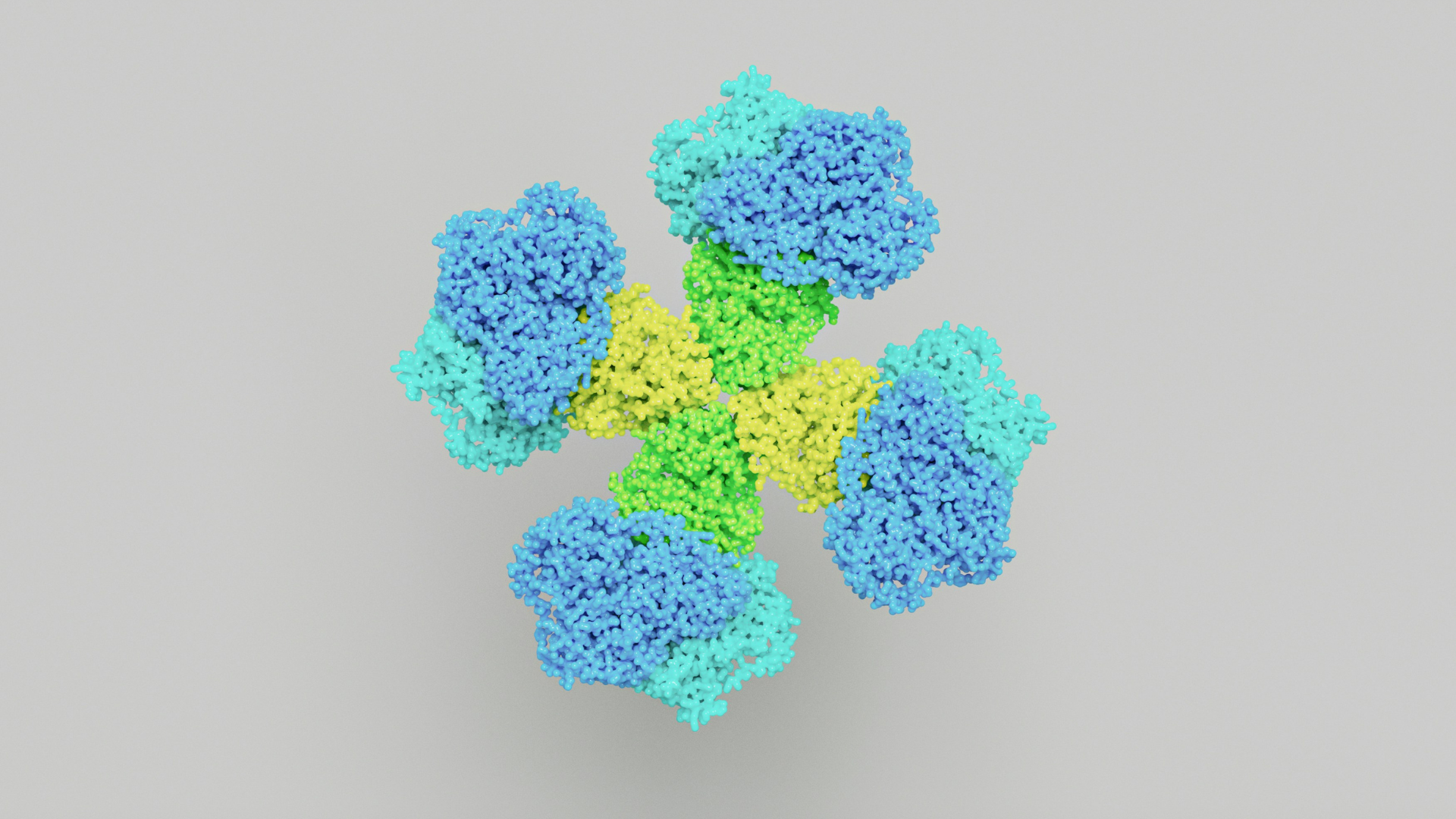Blogs
Babek International Limited v Iceland Foods Limited [2025] EWHC 547 (IPEC)
May 2025
In a significant ruling on 11 March 2025, IPEC upheld the validity of Babek International Limited’s UK trade mark for ‘BABEK’ in its case against Iceland Foods Limited. The judgment addressed challenges concerning the clarity and precision of trade mark descriptions under the Trade Marks Act 1994.
Background
Babek is the owner of a UK trade mark for  and includes the following description: “Gold oval with embossed BABEK writing. Colour Claimed: Gold, black.”
and includes the following description: “Gold oval with embossed BABEK writing. Colour Claimed: Gold, black.”
Iceland sold goods bearing the BABEK mark which were identical to the goods covered by the registration. Babek brought a claim against Iceland for infringement of its registration and Iceland counterclaimed for a declaration that the BABEK registration is invalid. Iceland’s defence to the infringement is that the goods were sold with the consent of the former proprietor or under licence.
The counterclaim
Iceland has applied for summary judgement on its counterclaim for invalidity and alleges that the mark does not comply with s1(1) of the Trade Marks Act 1994 or the Siekmann criteria which require a trade mark to be clear, precise, self-contained, easily accessible, intelligible, durable, and objective. Iceland argued that:
- The mark was described as figurative but could be interpreted as a three-dimensional mark.
- The description lacked specificity regarding the shape of the mark and style of the embossed lettering.
- The colours claimed were not clearly defined, and the mark appeared to include hues beyond those specified.
Various cases where colours and descriptions were not held to be clear and precise were cited to support the claims, including Nestle SA v Cadbury UK, Glaxo v Sandoz and Calor Gas.
The decision
Judge Hacon concluded that the trade mark was a figurative mark, as indicated in the registration, and that the visual representation and written description were consistent with this categorisation. The judge rejected Iceland’s arguments regarding ambiguity and a multitude of forms, stating that the reasonable reader would understand the trade mark as a figurative mark with an embossed appearance, including shadows.
Regarding the issue of colour specificity, the court noted that precise hues or pantone numbers were not important for the trade mark to satisfy the Sieckmann criteria. The absence of pantone numbers does not necessarily result in a mark having multiple forms, but one form which is subject to minor variations in hue which would not lead to a lack of clarity or precision; which if required could lead to unhelpfully long lists of pantone numbers. The judge also rejected the argument that a written description should every detail of a figurative mark and emphasised the practical limitations of requiring exhaustive detail in trade mark descriptions.
The judge upheld the validity of the mark and declared that it would require “an assumed degree of pedantry” to conclude that the mark was inconsistent with the description.
Conclusion
This ruling has significant implications for trade mark law, as the decision underscores the importance of clarity and precision in trade mark applications, while also recognising the practical limitations of requiring exhaustive detail in written descriptions or for exact hues to be specified. The judgment provides valuable guidance on the interpretation of trade mark registrations and highlights the careful balance between legal precision and practical application in trade mark law.
Next steps
The infringement action will now proceed on the basis that the trade mark is valid, although there appears to be a debate over whether the additional defendant has a legal right to grant the licence on which Iceland is basing its defence.
Key take aways
- precise hues or pantone numbers were not important for the trade mark to satisfy the Sieckmann criteria
- a written description does not need to include every detail of a figurative mark
This article was prepared by Trainee Trademark Attorney Laura Evans
































